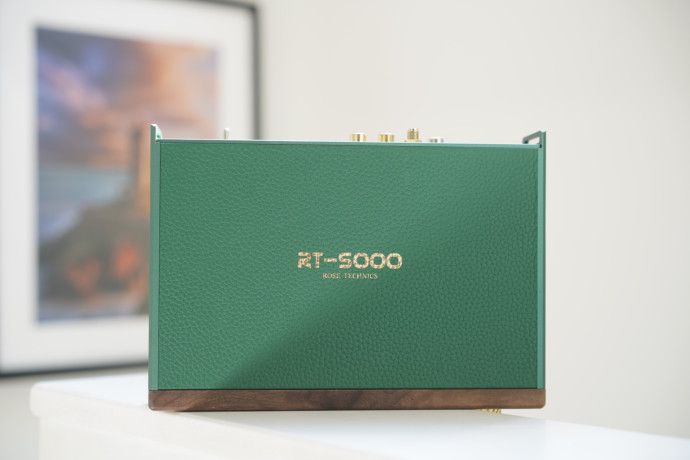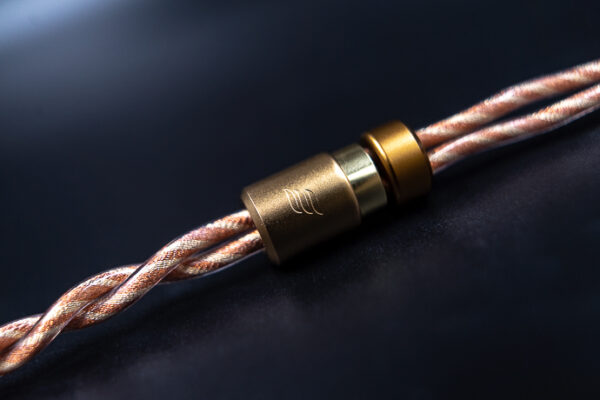If Google is showing you this page directly, click here to go to the start of the article.
UI and Usage
Connection
As expected, setting up the Rose RT-5000 is quite simple. Plug the power supply (with the provided EU adapter if you don’t live in the US/Asia, like me), plug your digital source (USB, Coaxial, Optical, Bluetooth) and you’ll be good to go.
From there, you get two options :
- the Rose RT-5000 can deliver a line-level signal through its RCA/XLR outputs, allowing you to drive a set of powered speakers like my LS50, or another headphone amplifier.
- or you can connect your headphone and use the full circuitry to power your cans
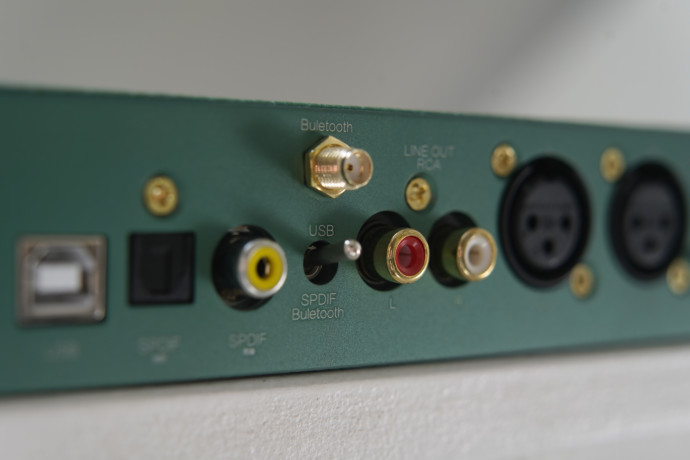
Bonus point, you can even use both outputs at the same time, the Rose delivering sound through all of its output at any time. And, if I mainly used the USB port, the DAC was easily paired with every gear I own, from a streamer (Primare SC15 MKiI), a computer (with the Toslink input), or even my phone via the Bluetooth connection.
Thanks to that, this new device doesn’t need a separate headphone amplifier, like the DO200 / DO200MKII, and can be used straight out of the box, paired with a computer and a good headset. Sure, putting a dedicated amplifier behind might elevates the final render, but for anyone seeking an all-in-one desktop DAC/AMP like the DO400, this RT-5000 will be a great get-go.
In my personal setup, I linked the RCA outputs to my KEF LS50 Wireless, and chose the old-but-lovely Audeze LCD-3 as my main headphone, plugged through the 6.35mm output.
Quite nice if you ask me.
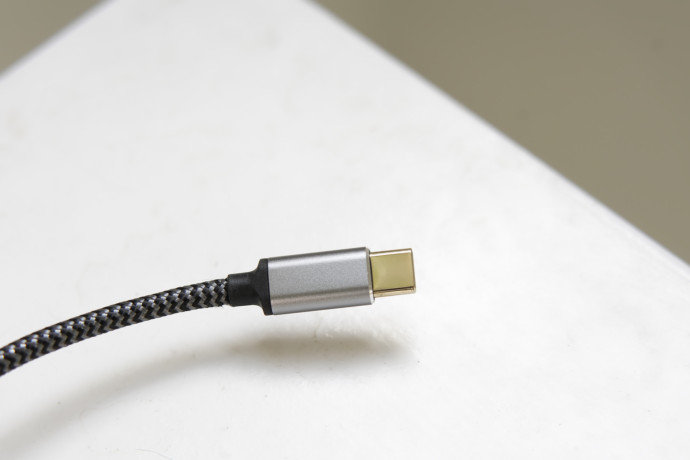
Everyday Use
As a dedicated desktop solution, the Rose RT-5000 was almost perfect.
I replaced my previous DO400 with the new one, plugged a power supply, linked the DAC to my MacBook with an USB cable, and connected my Audeze with the stock Jack 6.35mm cable. Once set up though, the DAC was not immediately recognized by my computers, and I had to try a few USB port before getting the DAC correctly identified by my MAC/PC.
Strangely though, this only happened with the USB-A → USB-B cable, whilst the USB-A → USB-C cable worked flawlessly all the time – that’s why I said “almost”. Once done, all I had to do was to select the RT-5000 in the list of audio sources, click on that and I was able to push my music through the little DAC.
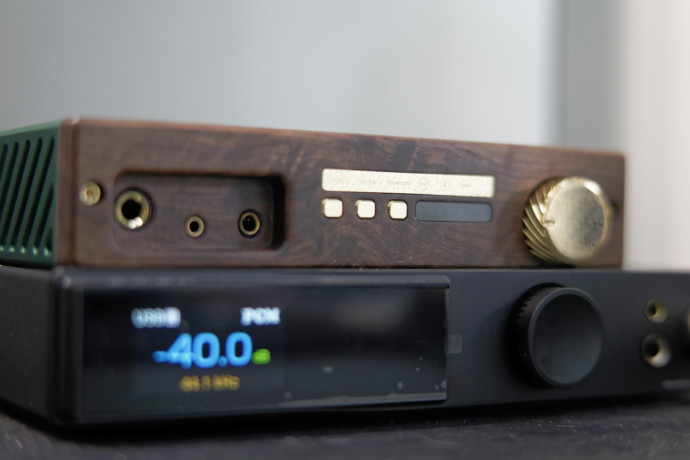
Bluetooth remains a nice addition, though for optimal performance, this DAC ideally should be connected to a real Wi-Fi streamer. Same goes for the mute button, that I found useless at first, until I found out that it was the only option to stop the sound coming out of the line output!
Kudos to the team for the headphone ports’ sturdiness: the amp handles frequent plugging and unplugging gracefully and, compared to other DACs I’ve owned, this one imparts a more robust sense of durability over time.
Finally, While it may not be perfect, I must commend the volume wheel for its consistent performance. Controlling the volume has been a seamless experience daily, regardless of the headphones used even if, personally, I found the wheel’s resistance a bit too light for my preference. But all of my friends who have tried it disagree, feeling that the resistance is perfectly balanced.
Bundle
Inside the box
Considering the price and the type of device, the Rose RT-5000 bundle is quite good.
Inside the box you’ll find:
- Rose Technics RT-5000
- a power adapter (15V 3Ah) with an EU adapter
- a round Bluetooth antenna
- a type-A to type-B USB cable
- a type-A to type-C USB cable
- some documentation
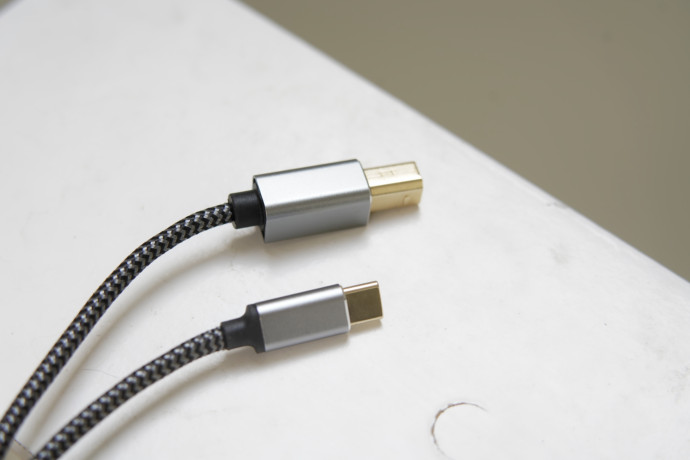
Again, no RCA cable, nor XLR cable to plug your amplifier or speakers, which appears to be the norm in this price range, the brands usually leaving you the choice. And so, all you’re going to need after that is a good source like a computer, a digital transport, or even a DAP with a digital output – it’s up to you.
On that good word, let’s check the specs.
The review continues on Page three, after the click HERE or by using the jump below.
Page 1: Design & Build Quality
Page 2:UI & Usage
Page 3: Specifications, Bundle
Page 4: Sound performances





